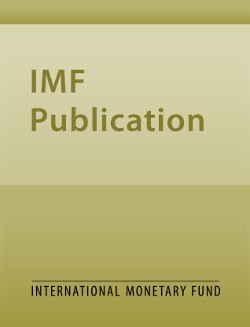
Energy, Efficiency Gains and Economic Development: When Will Global Energy Demand Saturate?
Energy, Efficiency Gains and Economic Development: When Will Global Energy Demand Saturate?
READ MORE...
Volume/Issue:
Volume 2020
Issue 253
Publication date: November 2020
ISBN: 9781513561240
$18.00
Add to Cart by clicking price of the language and format you'd like to purchase
Available Languages and Formats
| English |
Prices in red indicate formats that are not yet available but are forthcoming.
Topics covered in this book
This title contains information about the following subjects.
Click on a subject if you would like to see other titles with the same subjects.
Economics- Macroeconomics , Public Finance , Industries - Manufacturing , Energy demand , economic growth , climate change , WP , income elasticity , income growth , energy consumption , income level , manufacturing share , per capita income , Personal income , Manufacturing , Consumption , Energy pricing , Oil prices , Global
Summary
Not anytime soon. Using a novel dataset covering 127 countries and spanning two centuries, we find evidence for an energy Kuznets curve, with an initial decline of energy demand at low levels of per capita income followed by stages of acceleration and then saturation at high-income levels. Historical trends in energy efficiency have reduced energy demand, globally, by about 1.2 percent per year and have, thus, helped bring forward a plateau in energy demand for high income countries. At middle incomes energy and income move in lockstep. The decline in the manufacturing share of value added, globally, accounted for about 0.2 percentage points of the energy efficiency gains. At the country level, the decline (rise) of the manufacturing sector has reduced (increased) US (China) energy demand by 4.1 (10.7) percent between 1990 and 2017.
Copyright © 2010 - 2024
Powered by:
AIDC



